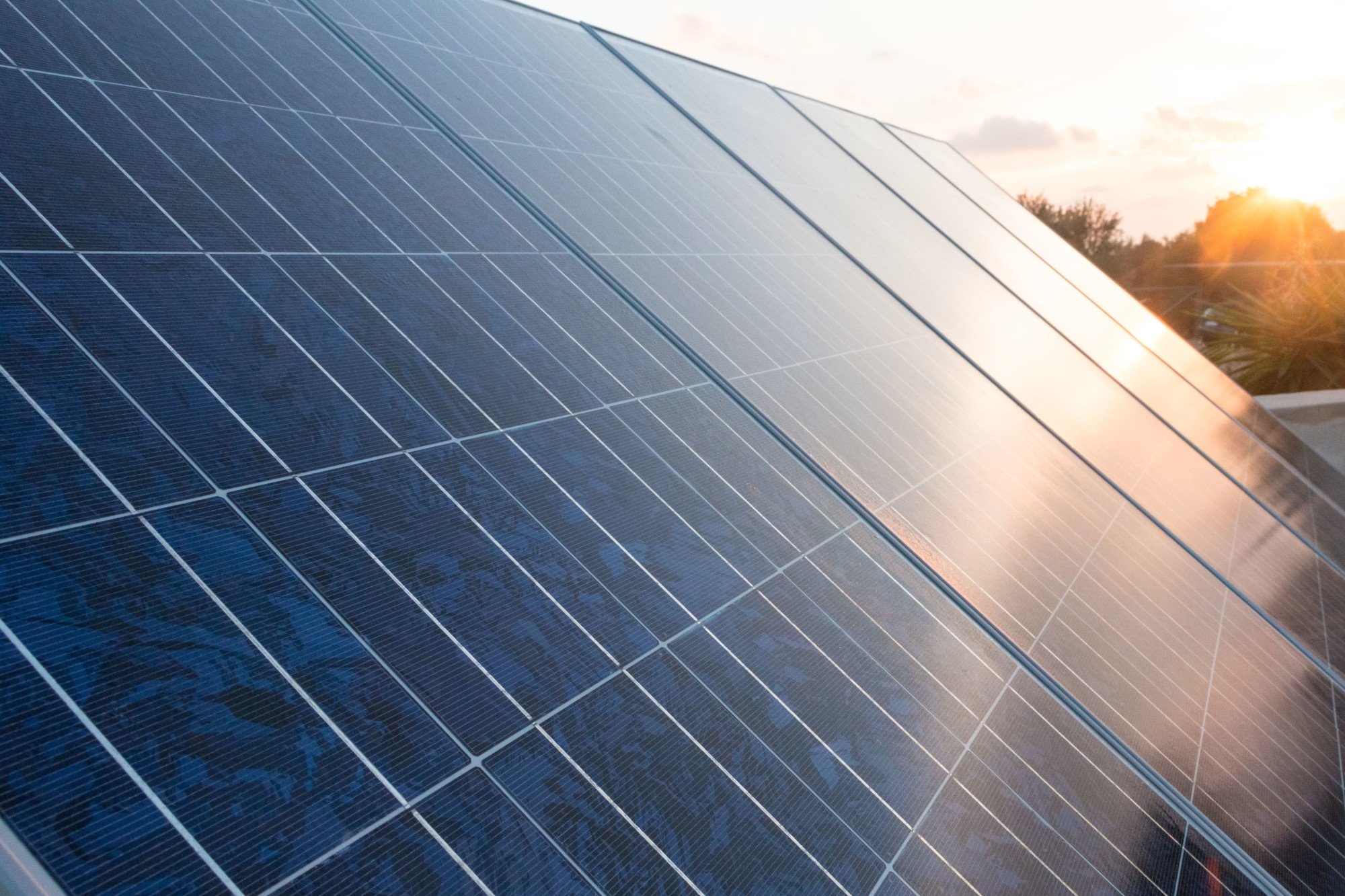The sun provides enough energy every second to power all the electricity demand of the human race for two hours.
Advances in solar energy technology over the past twenty years has driven a 300-fold increase in the use of this energy source. Decreased costs, more efficient hardware, and political engagement have all combined to make solar energy more accessible than ever.
Now that these forces are aligned, more advances in near future solar technology are imminent.
Solar energy is growing quickly, not just in the United States but the world over. For more information on how the technology will change in the near future, read below!
How Solar Technology Needs to Evolve
There are a number of challenges that near future solar technology must overcome in order to become more widely feasible.
Solar power plants must be able to store excess energy in order to provide a stable energy grid and use all the energy generated. Advances must be made in materials to improve efficiency, lower the cost of production, and improve environmental considerations.
Let’s take a closer look at some possible advancements in solar energy technology.
Near Future Solar Technologies
Scientists and energy companies are working to improve the implementation of solar energy. This abundant and renewable energy source has vast potential to transform the way we produce energy.
In order to do so, there are a few key aspects of current technology that need improvement. Research is currently focused on efficiency, light capture method, energy storage, new materials and production cost.
Advances in all of these aspects continue apace. One example is the Titan Solar Generator from https://PoweredPortableSolar.com. We’ll explain more near future solar advancements below.
Light Capture
The ability to capture light is one of the most important aspects of solar panels.
Panels attract and trap photons, the energy emitted by the sun. These photons cause electrons to move in the solar cells, creating DC electricity. The system then converts to AC electricity that can power our homes and businesses.
Today’s solar panels are made of silicon, a superconductor element that is found abundantly in nature. Silicon is cheap and easy to mix with other elements that will improve its photovoltaic properties – that is, its ability to produce an electric current when exposed to light.
However, silicon doesn’t capture all the photons that it’s exposed to, causing energy to be lost. One way that solar cells have been improved is by introducing impurities – other elements like gallium and arsenic – to improve its ability to capture and conduct electricity.
The next solar panels will need to increase the amount of light captured, which is also related to our next topic – efficiency.
Efficiency
The current energy-capturing solar technology is about 30% efficient. Sounds low, right? That means that 70% of the possible energy generated by the sun goes to waste with our current solar panels.
Energy can be lost in different ways. One is light capture, as discussed above. The ability to convert the light into electricity without loss is another aspect of efficiency.
One recent breakthrough involves the use of the element selenium in solar cells. This element’s properties help prevent the loss of electrons as the light flows through the cells, making the process much more efficient.
Another issue faced with solar panels is the degradation of their efficiency over time. Panels tend to lose efficiency at a rate of about 1% a year, which means that over the average 20-year lifetime of a panel, it will be 20% less efficient by the end of its use. Near future solar panels need to surpass this efficiency loss rate.
Storage
One common problem that people point to with solar is storing the excess energy for later use.
Storage capabilities allow solar panels or plants to store the energy they generate to sell or use at a later time. But it has been difficult to create good batteries that will accept, store, and transmit solar energy. Part of the problem is that our energy grid has been created for fossil fuels, and it’s not ready for renewable energy sources yet.
You may have heard about Tesla’s breakthrough with solar energy batteries in 2015. The Tesla Powerwall is a rechargeable lithium ion battery intended for residential use, allowing homeowners to capture and store energy generated from their solar panels.
This type of battery will need to be scaled up for the power grid in order to make solar power feasible. Researchers are studying this possibility, along with other ideas to store solar energy on a large scale.
Cost Effectiveness
The cost of installing a solar system has dropped precipitously over the past twenty years, meaning more people can access this clean and abundant energy source. But the price is still high, ranging from $17,000 to $25,000 for a system that should last 20-30 years.
Near future solar technology will have to become more cost effective. One area that shows great promise is in metal recycling and recovery. Recycling the materials in old solar panels will help to lower the cost of materials and systems overall.
Materials
Since its inception, solar power has relied on silicon to create the solar cells needed to capture photons. This material is relatively cheap and easy to work with, but also has that maximum efficiency of 30% problem.
Solar scientist have been experimenting with new materials to boost efficiency and lower the cost of solar energy. For years, they have found disappointing results – they find more efficient materials that are also too complex and costly to use.
Now scientists are working with two promising new materials. The first is tetracene, an organic molecule that can split a high-energy photon into two, effectively harnessing double the power from one photon. This material would be coated onto a silicon panel, making it more efficient but still cost effective.
Another exciting new material are perovskites, which have a cubic crystal molecular structure and display properties of superconductivity. Laboratory studies have used perovskites to make solar cells with 20% more efficiency than current silicon cells. The technology is currently too complex to apply to the industry, but the breakthrough shows great promise.
Solar Energy Will Power Our Future
The importance of renewable energy sources is becoming clearer every day. Solar energy improves on fossil fuels in its abundance and its lower environmental impact.
While it’s not yet a perfect system, solar energy is growing and improving rapidly. It’s time to turn our faces to the sun and see the future of our energy system!




